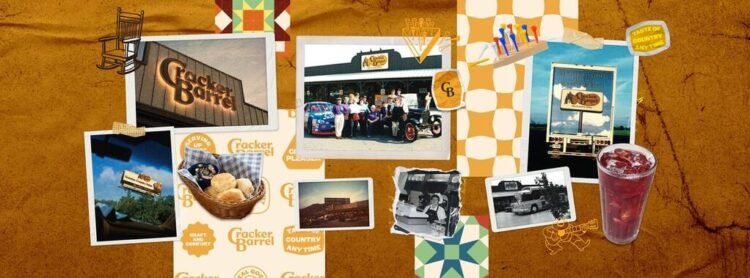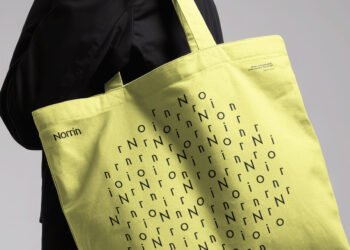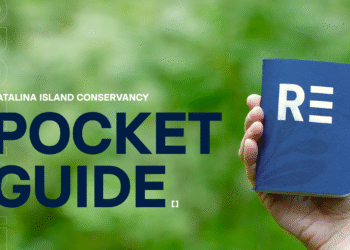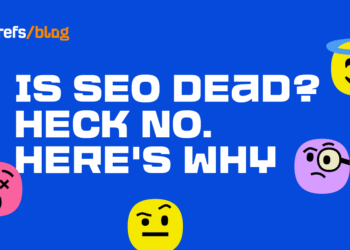It’s been a terrible few weeks for Cracker Barrel. What should’ve been an exciting opportunity to reenergise the brand has become a textbook case of rebranding gone wrong.
The iconic American restaurant chain’s decision to remove “Uncle Herschel” from its logo as part of a $700 million transformation plan sparked immediate backlash, a 15% stock plunge, and ultimately forced a complete reversal within days.
For brand owners, this debacle offers crucial insights into what not to do when modernising heritage brands.

The Collapse of a Rebranding Strategy
The warning signs were there long before the public outcry began. Sardar Biglari, one of Cracker Barrel’s largest investors, sent four explicit warnings to the board starting in May 2024, calling the rebranding an “obvious folly”.
Despite these cautions, CEO Julie Felss Masino pushed forward with her “strategic transformation plan,” introducing a minimalist text-only logo that stripped away the beloved “Old Timer” figure that had been part of the brand identity since 1977.
The financial impact was swift and severe. Cracker Barrel lost nearly $100 million in market value within days of the announcement. The backlash was so intense that even former President Trump weighed in, ultimately contributing to the company’s decision to reverse course completely.

The Fundamental Missteps
Cracker Barrel’s core error was fundamentally misunderstanding its brand equity. For a company built on nostalgia, much of its value lies not in modern aesthetics but in emotional anchors that create belonging and predictability for customers. The “Uncle Herschel” figure represented authenticity and tradition that customers couldn’t find elsewhere, making it irreplaceable brand equity.
One of the most critical failures was the lack of meaningful rationale behind the change. Customers weren’t told why the rebrand was necessary beyond vague references to “modernisation”. The rebranding process also appeared to bypass meaningful customer consultation, with Masino initially claiming the response was “overwhelmingly positive” whilst citing store manager enthusiasm rather than actual customer feedback.

Lessons from Other Failures
Cracker Barrel’s mistake follows a familiar pattern:
- Gap’s 2010 logo change lasted only six days before customer backlash forced a reversal.
- Tropicana’s 2009 packaging redesign resulted in a 20% sales drop and $30 million in losses.
- New Coke in 1985 threatened the emotional bond customers had with the brand, forcing a return to the original formula.
Each case demonstrates the same core issue: underestimating the emotional investment customers have in established brand elements.

What Brand Owners Must Consider
1. Conduct Heritage Audits
Before any rebranding effort, identify which brand elements carry genuine emotional equity with your customers. Not all historical elements are created equal—some may be outdated whilst others are irreplaceable brand assets.
2. Develop Gradual Transition Strategies
When heritage brands need to evolve, the approach should be evolutionary rather than revolutionary. KFC’s handling of Colonel Sanders provides a better model—they’ve maintained the character whilst gradually updating his presentation for modern contexts.
3. Prioritise Customer Co-Creation
Involve your most loyal customers early in the rebranding process. These customers often have the deepest emotional investment and can provide crucial insights about which changes feel authentic versus forced.
4. Test Incrementally
Rather than launching comprehensive rebrands all at once, test individual elements with real customers in controlled environments. This allows brands to gauge authentic market response rather than relying on internal enthusiasm.
5. Communicate the ‘Why’
When changes are necessary, develop compelling narratives that explain not just what is changing, but why the change benefits customers. Successful rebrands tell stories that connect past heritage with future relevance.
The Ultimate Lesson
The Cracker Barrel case demonstrates that for heritage brands, respectful evolution trumps disruptive innovation. Customers who choose heritage brands are often seeking stability, authenticity, and connection to something larger than themselves. When brands betray this trust by discarding the very elements that created customer loyalty, they risk losing both their existing base and their authentic positioning in the market.
For brand owners considering updates to heritage brands, the lesson is clear: honour what made you special before attempting to become something new. Evolution that builds on brand strength creates lasting competitive advantage. Revolution that abandons brand equity creates nothing but costly mistakes that may take years to overcome.
The Cracker Barrel debacle serves as a powerful reminder that in branding, trust takes years to build but can be destroyed in an instant.


















